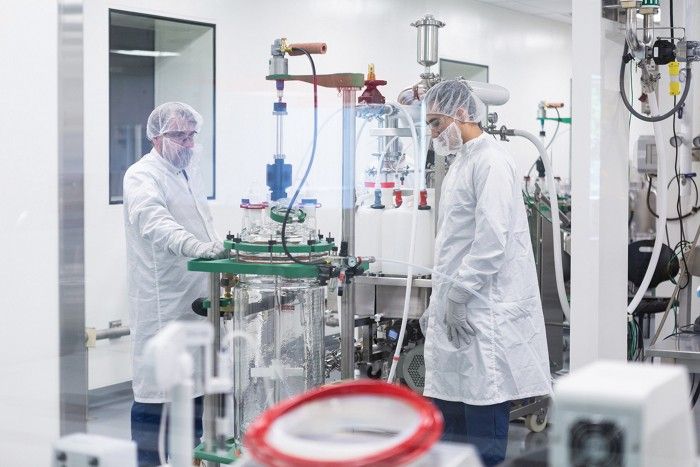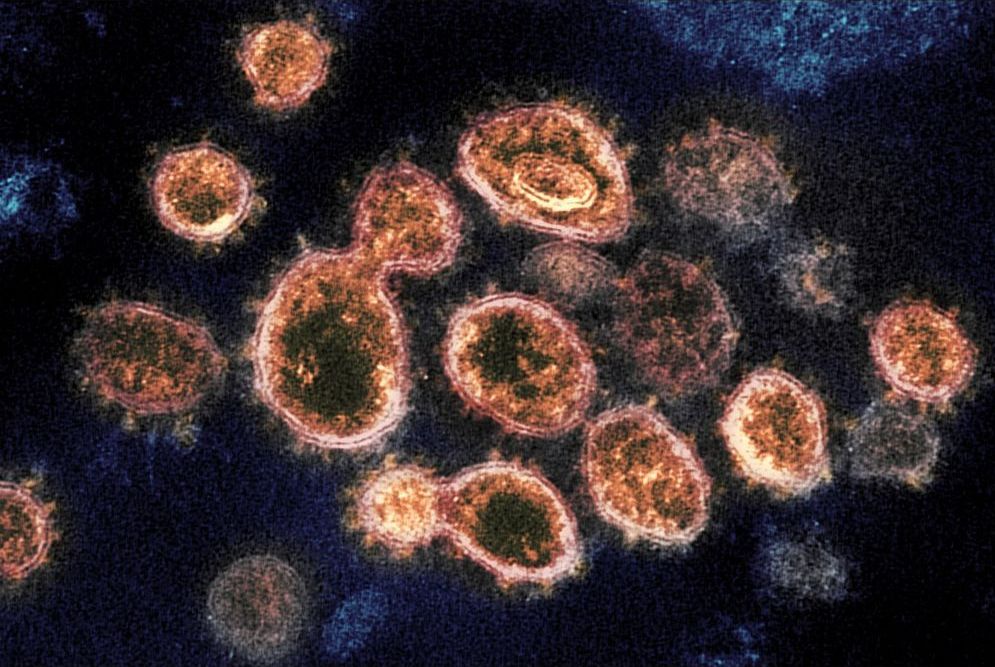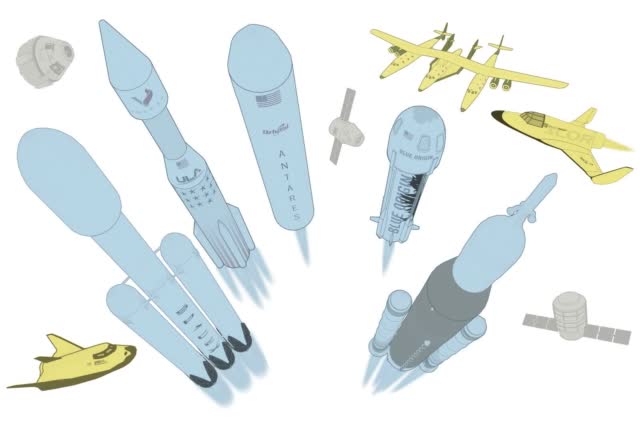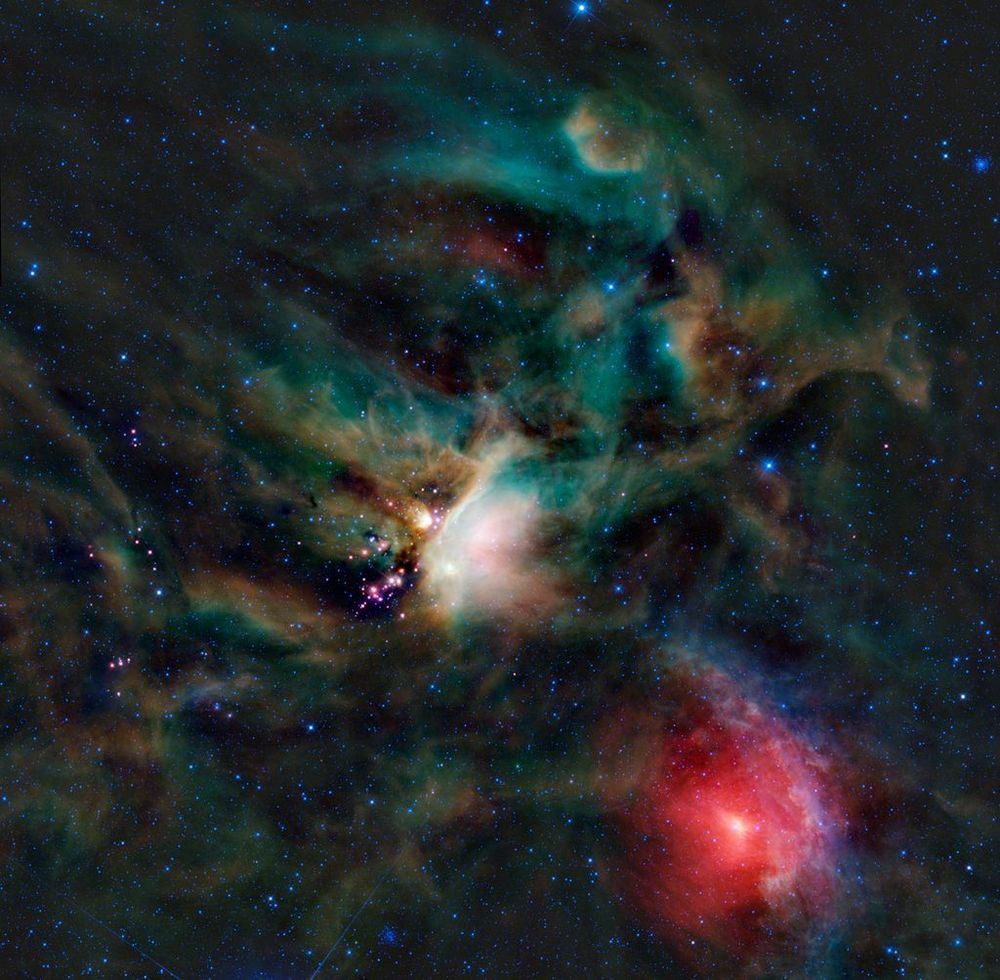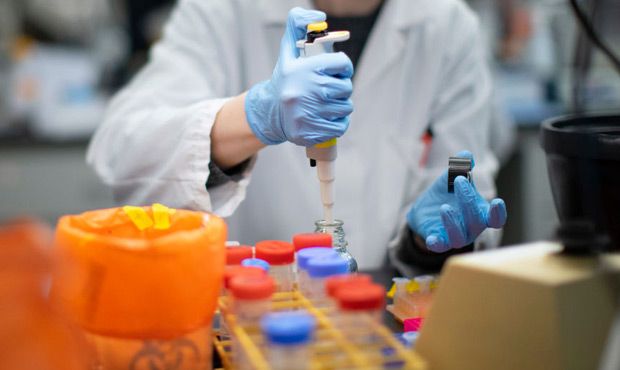Since the new coronavirus was first identified in Wuhan, China, on Jan. 7, companies and academic groups around the world have been working at breakneck pace to develop new therapies for the virus, now called SARS-CoV-2. This week, two US biotech firms, Moderna and Gilead Sciences, positioned themselves as frontrunners.
The world’s first clinical trial of a vaccine for the novel coronavirus will soon begin in the US. On Feb. 25, Moderna announced that it has shipped its experimental vaccine to the National Institutes of Health (NIH), which will conduct the trial. The entire process—from vaccine design to manufacturing to shipment—took only 7 weeks.
Gilead has a head start on an antiviral, while Moderna is pursuing a novel mRNA vaccine.
